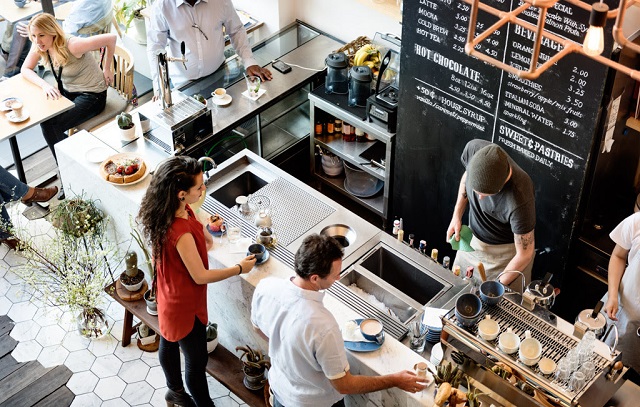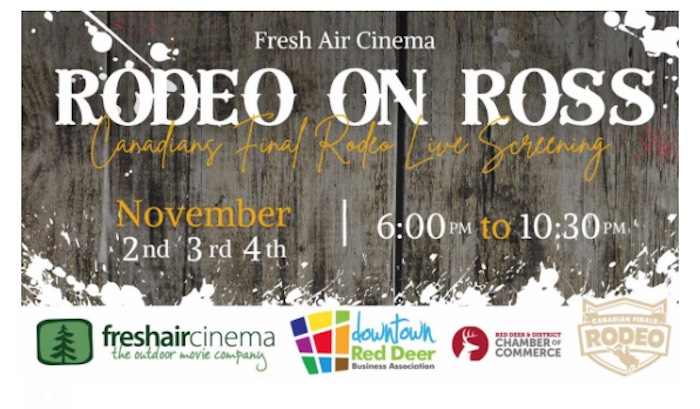Local Business
SHEK Interiors – building the community one building at a time

SHEK Interiors is a leader in the drywall industry. Kelly Slepicka started SHEK Interiors with a partner working out of his own home in 2007. Today the company employs a staff of 20 in their own 6000 sf professional building with a shop and yard. They are the first in their industry to hire their own architect and venture into Building Information Modelling (BIM). This is a process in which a digital model of the structure is made to analyze the functionality and identify any issues that may occur during the building process.
SHEK Interiors donates time to promote their industry at different schools within the city (RDC, Notre Dame & Lindsay Thurber) so that they can give students and young adults an insight into the industry and provide career advice.
Take a moment and get to know this excellent Red Deer company. They were a finalist in this year’s Red Deer and District Chamber of Commerce Business of the Year Awards.
Business
Celebrate National Small Business Week October 16-20, 2023!

From Community Futures Central Alberta
|
||||||||||||||||||||||||||||||||||||||||||||||||
|
||||||||||||||||||||||||||||||||||||||||||||||||
|
Arts
CFR Rodeo, live music, street dancing, art, theatre and more downtown celebrations..

|
|
|
|
|
|
|
|
|
|
|
|
|
|
|
|
|
|
|
|
|
|
|
|
|
|
|
|
|
|
|
|
-

 Also Interesting2 days ago
Also Interesting2 days ago9 Things You Should Know About PK/PD in Drug Research
-

 Bruce Dowbiggin2 days ago
Bruce Dowbiggin2 days agoThe Covid 19 Disaster: When Do We Get The Apologies?
-

 Business2 days ago
Business2 days agoCannabis Legalization Is Starting to Look Like a Really Dumb Idea
-

 Media2 days ago
Media2 days agoCBC journalist quits, accuses outlet of anti-Conservative bias and censorship
-

 Business2 days ago
Business2 days agoCarney government should recognize that private sector drives Canada’s economy
-

 Alberta2 days ago
Alberta2 days agoFourteen regional advisory councils will shape health care planning and delivery in Alberta
-

 Alberta1 day ago
Alberta1 day agoAlberta school boards required to meet new standards for school library materials with regard to sexual content
-

 Business1 day ago
Business1 day agoUN’s ‘Plastics Treaty’ Sports A Junk Science Wrapper



















